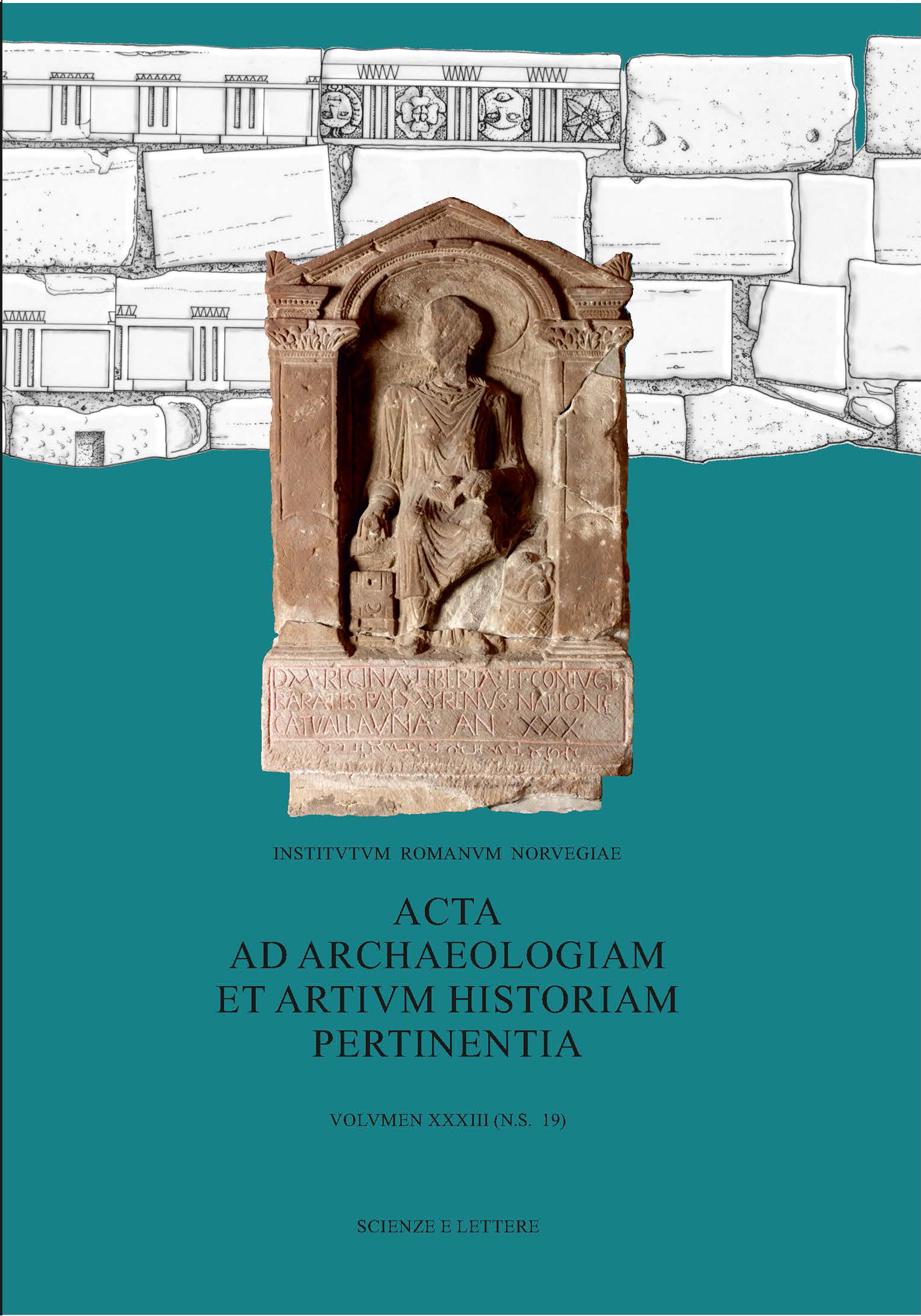Medieval bling: the display of jewellery on women's funerary monuments from England in the fourteenth and fifteenth centuries
DOI:
https://doi.org/10.5617/acta.10447Keywords:
adornment, jewellery, funerary monuments, England, Middle AgesAbstract
This article suggests that more detailed analysis must be done when using artistic sources, in particular, funerary monuments, as evidence for medieval dress. Using archaeological, documentary, and literary evidence for jewellery in England in the fourteenth and fifteenth centuries, it asks why what seems to be a popular accessory was very rarely depicted on sculpted effigies and monumental brasses. Assumptions from just the visual evidence would conclude that brooches in particular were not a common piece of jewellery for noble women, but this does not correspond with the material evidence. The focus of this article, therefore, is on using an interdisciplinary approach to look at monuments as a source in their own right rather than as just a general mirror of contemporary fashion. By looking at three case studies, the article shows that deeper analysis of specific monuments can put them into religious, political, and historical context and provide information about the women depicted on them and the significance of accessories, such as brooches.
On cover:
Late Roman wall, the portion immediately south of the West Gate (Porta Oea) with re-used blocks from first-century mausolea (Drawing by Francesca Bigi) and Tombstone of Regina from South Shields (Arbeia) (Tyne and WearArchives and Museums/ Bridgeman Images).
E-ISSN (online version) 2611-3686
ISSN (print version) 0065-0900
Downloads
Published
How to Cite
Issue
Section
License
Copyright (c) 2023 This work is licensed under a Creative Commons Attribution-NonCommercial 4.0 International License.

This work is licensed under a Creative Commons Attribution-NonCommercial 4.0 International License.

This work is licensed under a Creative Commons Attribution-NonCommercial 4.0 International License.
Authors who publish with this journal agree to the following terms:
- Authors retain copyright and grant the journal right of first publication with the work simultaneously licensed under a Creative Commons Attribution License that allows others to share the work with an acknowledgment of the work's authorship and initial publication in this journal.
- Authors are able to enter into separate, additional contractual arrangements for the non-exclusive distribution of the journal's published version of the work (e.g., post it to an institutional repository or publish it in a book), with an acknowledgement of its initial publication in this journal.
- Authors are permitted and encouraged to post their work online (e.g., in institutional repositories or on their website) prior to and during the submission process, as it can lead to productive exchanges, as well as earlier and greater citation of published work (See The Effect of Open Access).





